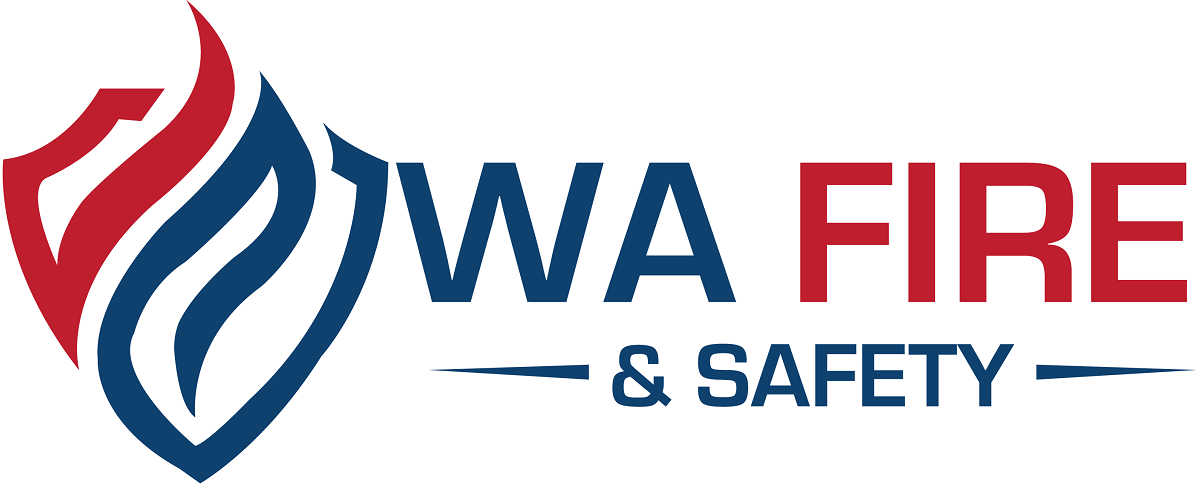In Western Australia, the planning process in bushfire prone areas is guided by the State Planning Policy 3.7: Planning in Bushfire Prone Areas (SPP 3.7). This policy aims to reduce the risk to people and property from bushfires by requiring appropriate planning and design measures in bushfire prone areas.
The planning process typically involves the following steps:
- Bushfire Prone Area mapping: Local governments are responsible for identifying and mapping areas that are at risk of bushfires. This mapping is used to guide land-use planning decisions.
- Risk assessment: When considering development proposals in bushfire prone areas, local governments must undertake a risk assessment to determine the level of bushfire risk and potential impacts on human life, property, and infrastructure.
- Planning and design: The planning and design of development proposals in bushfire prone areas must consider the bushfire risk and aim to reduce the potential impact of bushfires. This includes the provision of adequate access and egress, the location and design of buildings, and the use of materials and construction methods that are more resistant to bushfires.
- Bushfire Management Plans: In some cases, where the bushfire risk is deemed to be high, a Bushfire Management Plan may be required as part of the development approval process. This plan will detail specific bushfire management measures, such as fuel reduction, firebreaks, and emergency access, to be implemented on the site.
- Building and development standards: Buildings and developments in bushfire prone areas must comply with specific building and development standards to reduce the risk of bushfire damage. This includes requirements for building materials, roof coverings, glazing, and access and egress provisions.
Overall, the planning process in bushfire prone areas in Western Australia is aimed at reducing the risk of bushfires to people, property, and infrastructure, and ensuring that new developments are designed and built to withstand the potential impact of bushfires.
In some cases Bushfire Management Plans get completed with errors, the vegetation classification is incorrect or the greed from “lot yield” makes the developer cut corners and the ability for some lots to maintain a BAL Rating in perpetuity is limited, some locations the lot is subdivided prior to the implementation of the bushfire policy, this is not the desired result and can end up with a very bad result for the purchaser or landowner.

as you see above this lot is affected by the vegetation to the rear of the lot limiting the BAL-29 area that is considered the “highest risk” that is acceptable.
We can provide these documents like above for the proposed purchase of a lot so the purchaser can have peace of mind that he lot is 100% suitable to build on.
the BEST option is to call Dwayne on 0415684681 or email for a call back for a site specific look at your lot.
